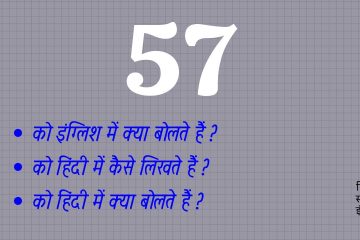Bihar Election Results 2023: Analyzing NDA’s Performance

Introduction
The Bihar election results have always been a matter of significant interest in Indian politics, reflecting the political trends and the sentiment of the electorate. The National Democratic Alliance (NDA), which includes prominent parties like the Bharatiya Janata Party (BJP) and Janata Dal (United) (JD(U)), plays a crucial role in the political landscape of Bihar. The 2023 elections were particularly noteworthy as they suggested shifts in voter preferences and highlighted the core issues concerning the constituents of Bihar.
Election Results Overview
The results of the Bihar elections were announced on October 15, 2023, showcasing a mixed performance for the NDA. The coalition managed to secure approximately 40% of the total votes, compared to 50% obtained in the 2020 elections. The BJP secured 25% of the votes, and JD(U) captured around 15%. However, they failed to maintain their majority in the state assembly, which some analysts attribute to discontent among rural voters over economic issues, job creation, and education.
Key Factors Influencing the Results
Several factors influenced the outcomes of these elections. Firstly, the growing influence of the opposition parties, particularly the RJD (Rashtriya Janata Dal) and the Congress, which capitalized on anti-incumbency sentiments, played a pivotal role. The RJD, combining efforts with the Congress, managed to secure about 35% of the total votes, up from 25% in the previous election.
Secondly, social issues, including caste-based politics, played a significant part in shaping the results. The NDA’s attempts to reach out to new voter demographics, including youth and women, through various initiatives were not enough to sway the electorate significantly. Moreover, the impact of national issues like inflation and employment seemed to overshadow local governance achievements.
Conclusion
The 2023 Bihar election results serve as a reminder of the volatile nature of regional politics in India. The NDA’s inability to secure a majority raises questions about its strategies moving forward and suggests that they may need to recalibrate their approach to address the concerns of the populace more effectively. Looking ahead, the implications of these results will inform political strategies not only in Bihar but also in the context of national politics, especially with the General elections approaching in 2024. The political landscape in Bihar, with its intricate mix of social dynamics and economic issues, will continue to be a focal point for political analysts and citizens alike.









